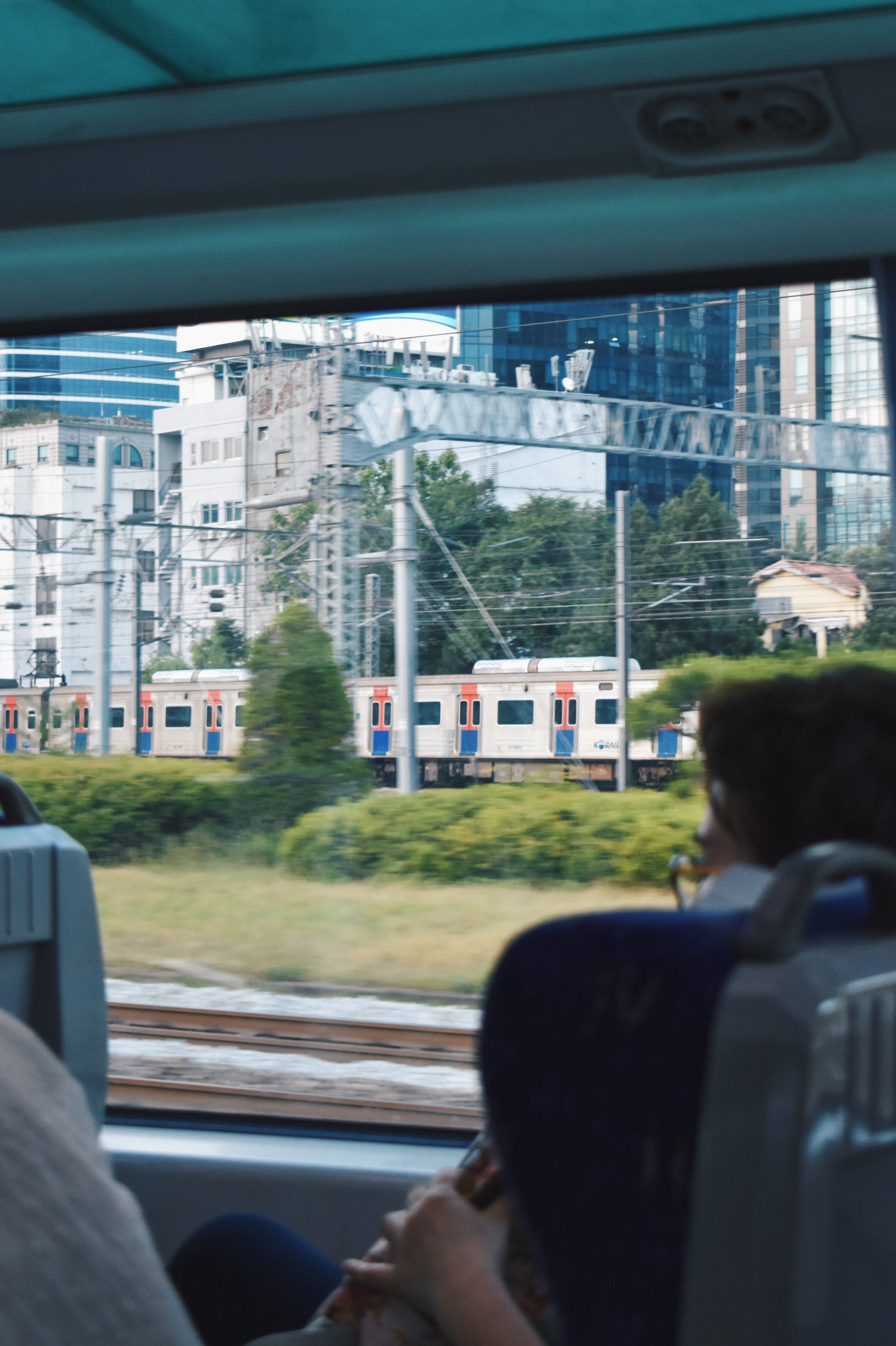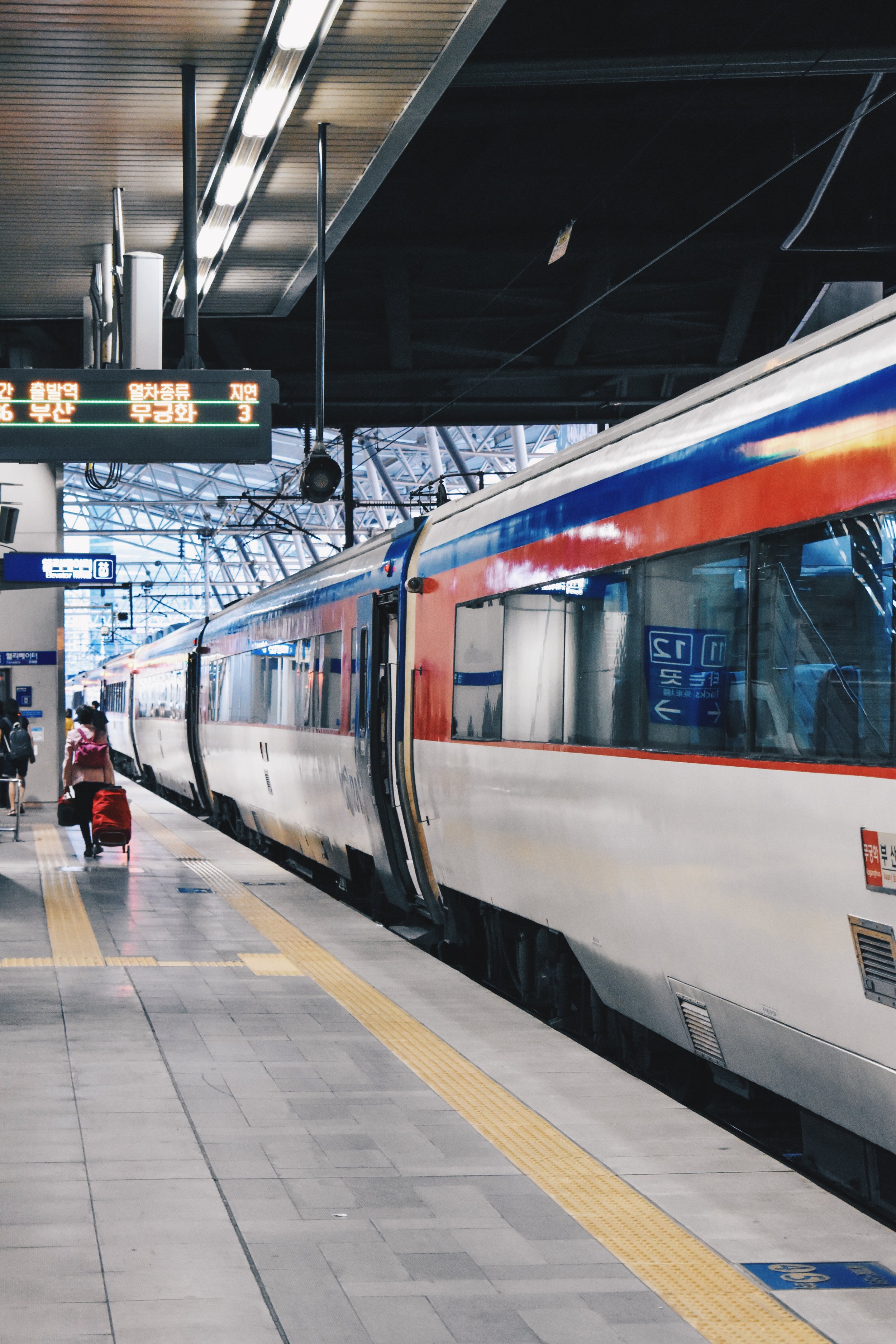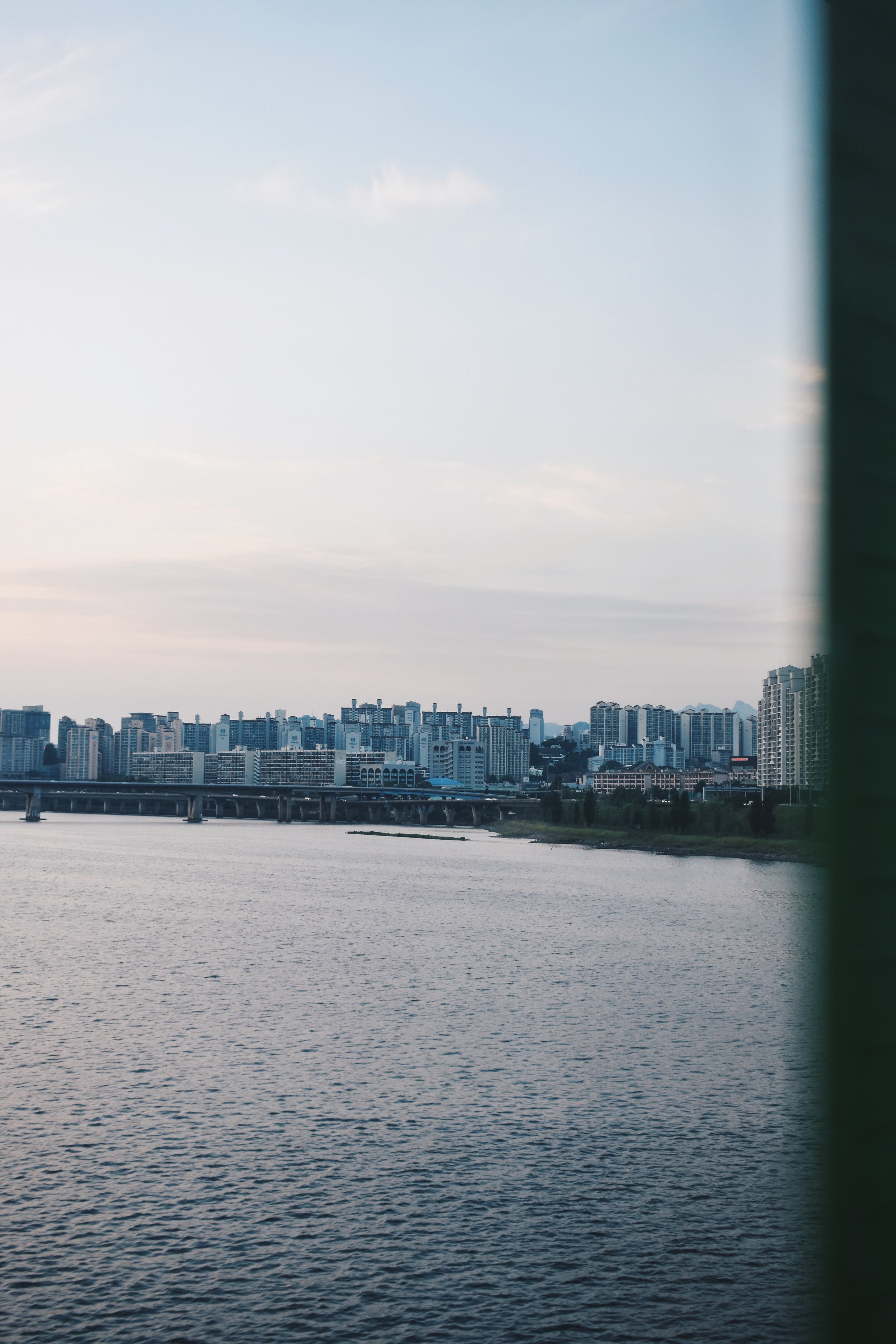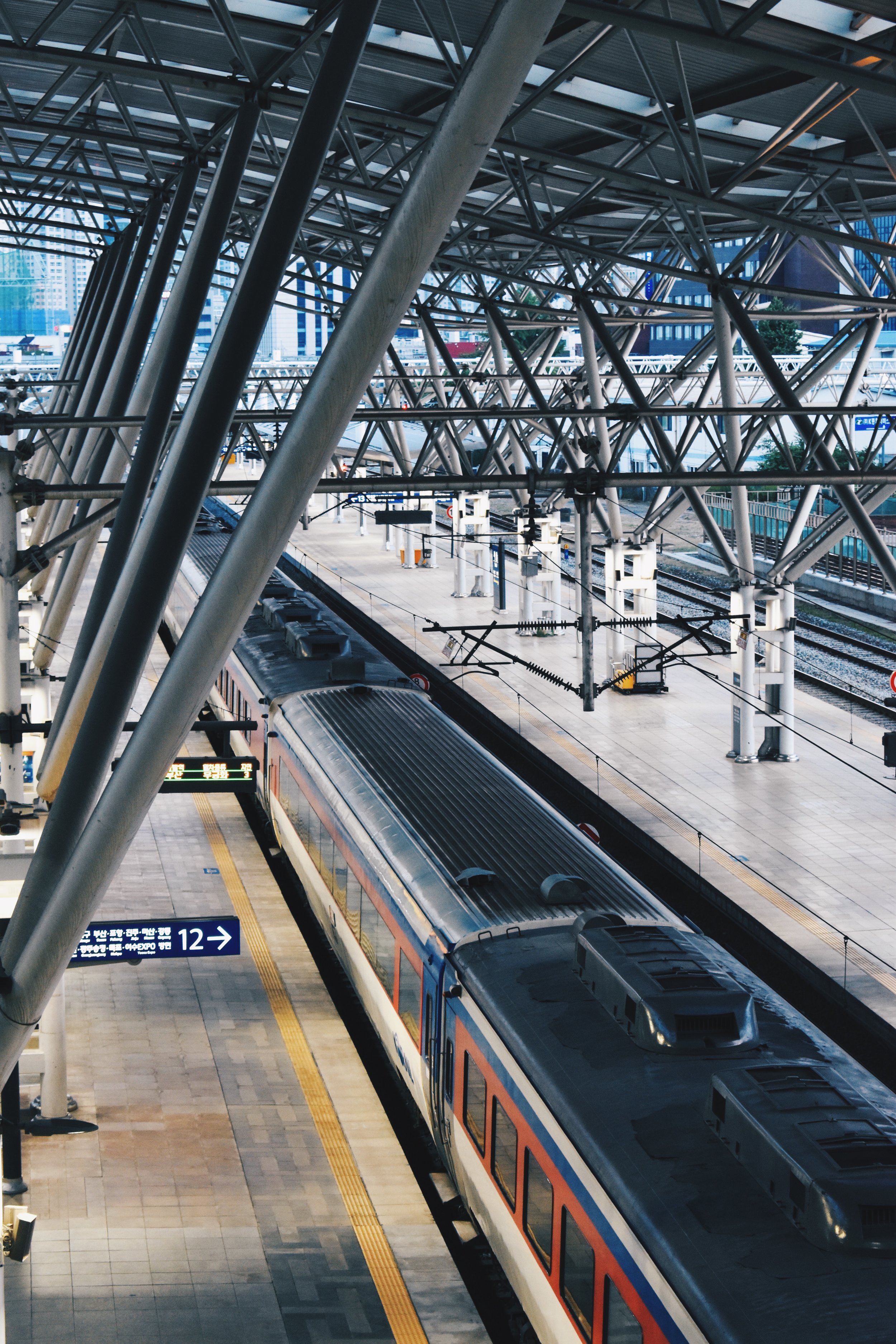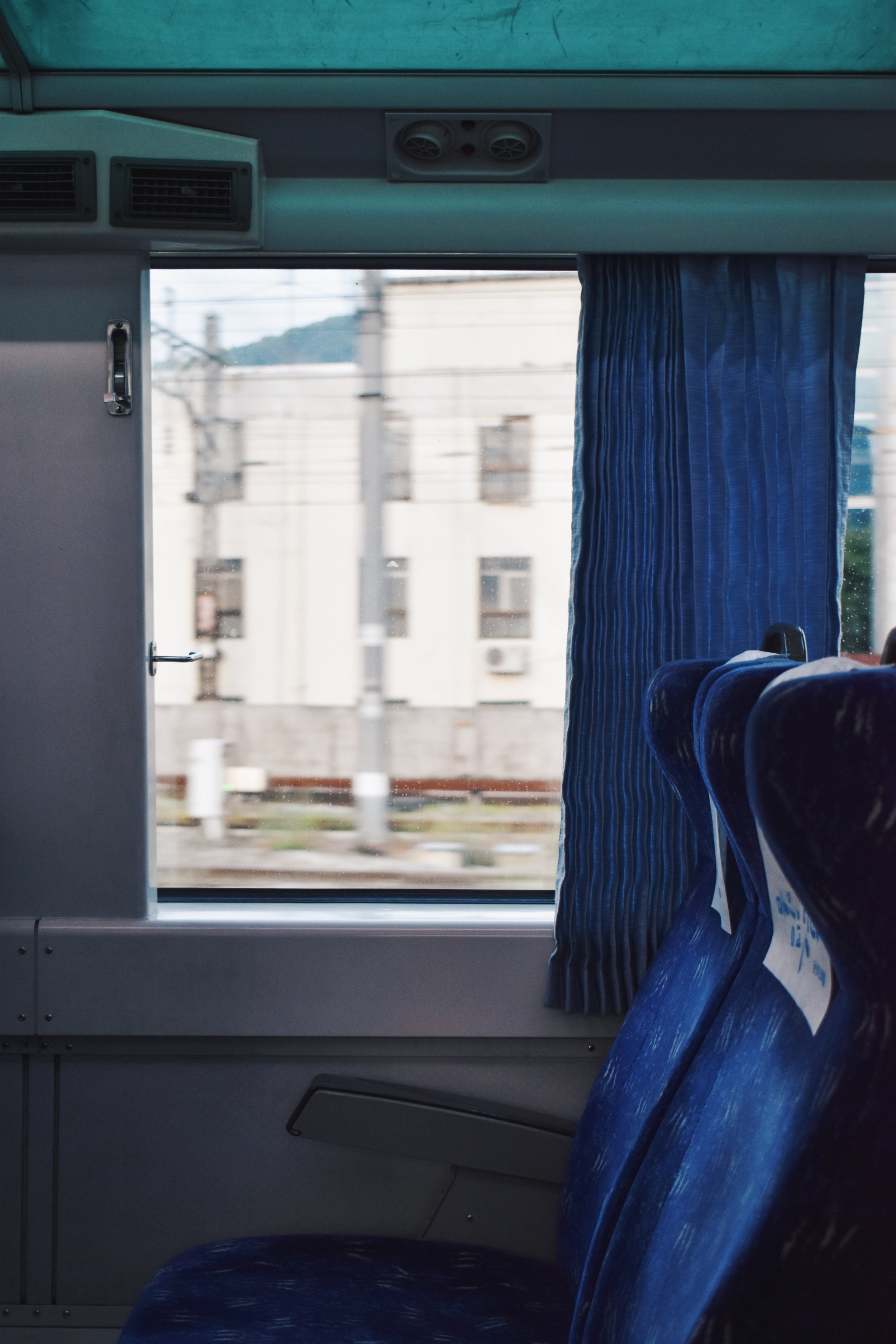What It Was Like on a 5.5 Hour Mugunghwa Slow Train Between Seoul and Busan
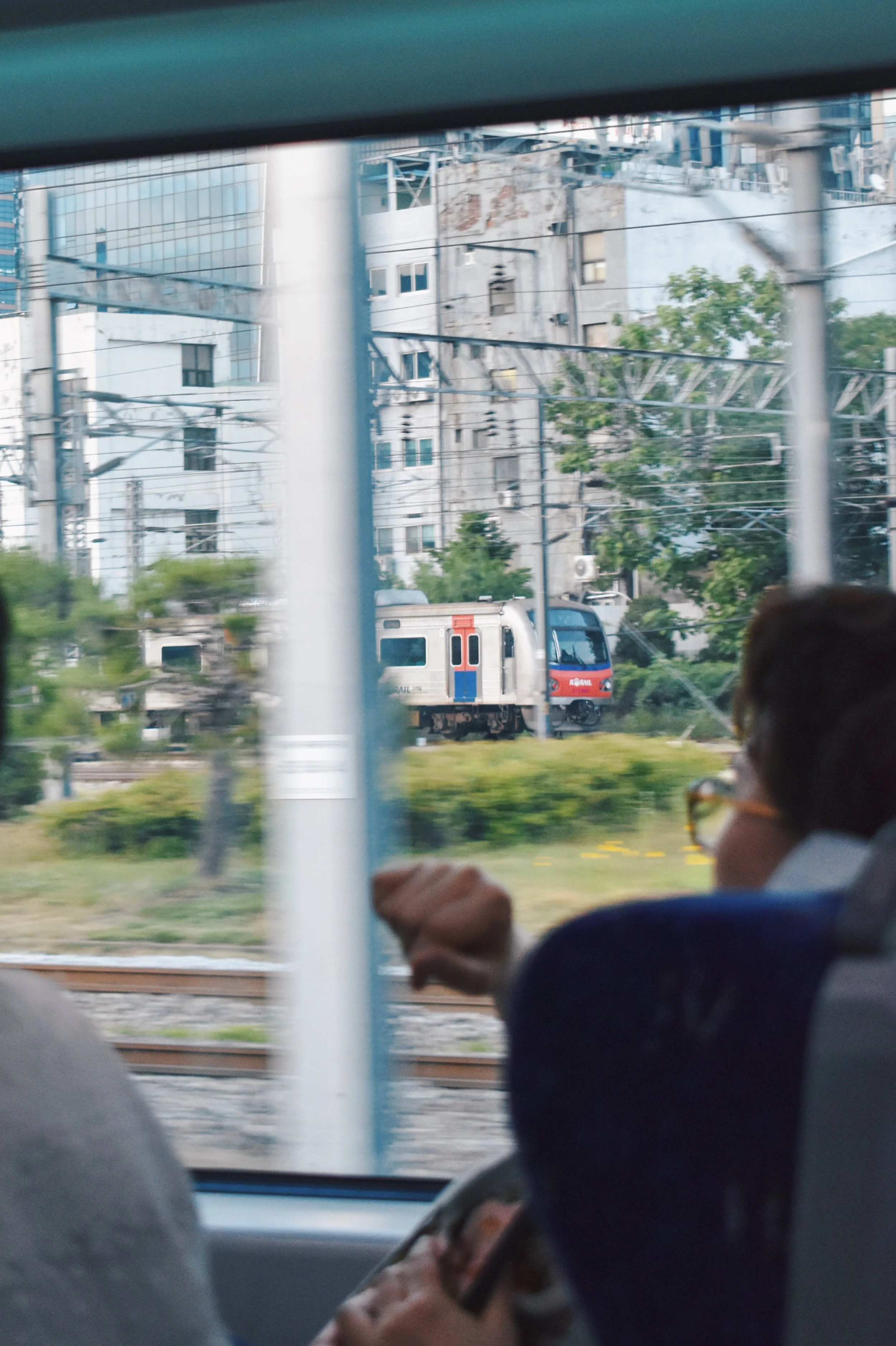
Many visitors headed to South Korea make the journey between the capital city of Seoul in the north and the second largest city of Busan situated along the southern coast. And thanks to South Korea’s public transport system, getting around the country is relatively easy, even when travelling cross-country.
Read: What to See & Do in Seoul— A Complete Itinerary for 5 Days & More
Read: Where to Stay in Seoul— A Guide to the City’s Neighbourhoods
Read: What to See & Do in Busan— An Itinerary for 3 Days and More
Read: 3 Things I Wish I Knew About Busan Before Visiting
The good news continues with the fact that the South Korean railway system is relatively easy to understand even if you don’t speak or read Korean, and tickets can be bought in advance through the national railway operator’s website.
Read: KakaoMap or Naver Map— Which App is Best to Use for South Korea?
The train system is roughly broken into 3 different types of trains, the Korea Train Express (KTX), the Saemaeul (ITX) and the Mugunghwa.
The KTX is the fastest, and makes the journey between Seoul and Busan in roughly 2.5 hours, the ITX in about 4.5 hours, and the Mugungwa just over 5.5 hours.
Naturally, the KTX is the most expensive, but also the most frequent service.
There’s the Korail Train Pass too if you plan to take the train often and would like to save a bit of money in the process. It’s only available for foreigners, but considering I only had one train to take (and it wasn’t a round trip), I didn’t need the Korail Pass.
At the time of writing (July 2019), a one way ticket from Seoul to Busan on the KTX on a weekday costs 59 800KRW in Economy, bumping up to 83 700KRW in First Class. The ITX costs 42 600KRW (only Economy) while the Mugunghwa clocks in at 28 600KRW.
There are also standing, non-reserved seats where you might be forced to sit on the floor if the train is full, or if you’re lucky enough to find an empty one that’s not taken, you are allowed to occupy that seat.
I’d advise against the standing non-reserved seats for several reasons.
Firstly, on a route as busy as the Seoul to Busan route and vice versa, the trains are rarely ever empty, and with the number of stops they make on the ITX and the Mugunghwa, you might have an empty seat from one station to another, but you’ll constantly have people coming in and out of the train as it plies the route, who’ll let you know you’re seating in their seat.
That means you might get a seat for 30 minutes or so, and be forced to sit on the floor again.
You’re better off spending that few extra bucks for a peace of mind, especially on a long train ride where you might like some level of comfort.
You’re probably here because you want to save some money and wonder how the Mugunghwa is like.
Is it really that bad?
In short, no, it isn’t.
I took the 5.5 hour train from Busan to Seoul and here’s the full report.
Firstly, you’ll need to get your tickets, which you can buy up to a month before departure on Korail, which you should purchase in advance. If you’re a foreigner, you’ll use your credit card to enter details and place ticket reservations online. You'll be directed to an end page where you’ll see your ticket. Screenshot that and send it to yourself as that is your ticket. I did not receive the tickets separately later in my email so I’d advise just getting that screenshot to your phone or printing them out.
When I got to Busan station on the day of my train, I was told I only needed to be at the station 10 minutes before, which I’d echo but only if you already have the tickets. I’ve read some other traveller’s experiences where they still had to collect a ticket from the counter, but I didn’t need to as I’d already paid for the ticket on my card and had it on my phone.
Thus I went straight to the platforms.
Korean trains depart on time, so don’t be late.
Once I settled in, I placed my bags on the overhead compartment and prepared myself for a long journey ahead.
The train made it’s way through the country, passing through many smaller cities along the way, which had many passengers entering and leaving the cabins throughout. So there were some stops in between where I enjoyed having both seats to myself, but most of the time I had to make space for a new rider coming in to take the seat next to me.
The seats are basic (ie. not plush), though they are cushioned, meaning it isn’t the most comfortable.
They say taking the Mugunghwa allows you to take in the beautiful countryside, which I thought was a bit of a stretch. The views were pretty bog standard and like any other commuter train I’ve taken in different countries travelling from town to town, but perhaps I might be singing a different tune if it was cherry blossom season or if the country was awash with autumn foliage.
Halfway through, I’d already started getting restless, and it was a little hard to get a quick nap in when the seat next to me kept having different people come in and out.
Once my train finally pulled in to Seoul, I noticed there weren’t many riders from the first stop in Busan. I noticed the whole way through though, that it was pretty much me and other Koreans on the train, as most travellers opt for the fastest trains.
Overall, I’d say take the Mugunghwa if you’re not all that fussed about comfort and would like to save half the fare on other activities. If you have plenty time in the cities you’re seeing and can afford the extra travelling time, that’d be great. But if you’re strapped for time, take the KTX.
5 and a half hours rolling through the Korean countryside wasn’t all bad, all things considered.
However, I should also mention that flight tickets can be an absolute steal between Seoul and Busan, especially mid-week, where you can find flights for less than 30 000KRW!
